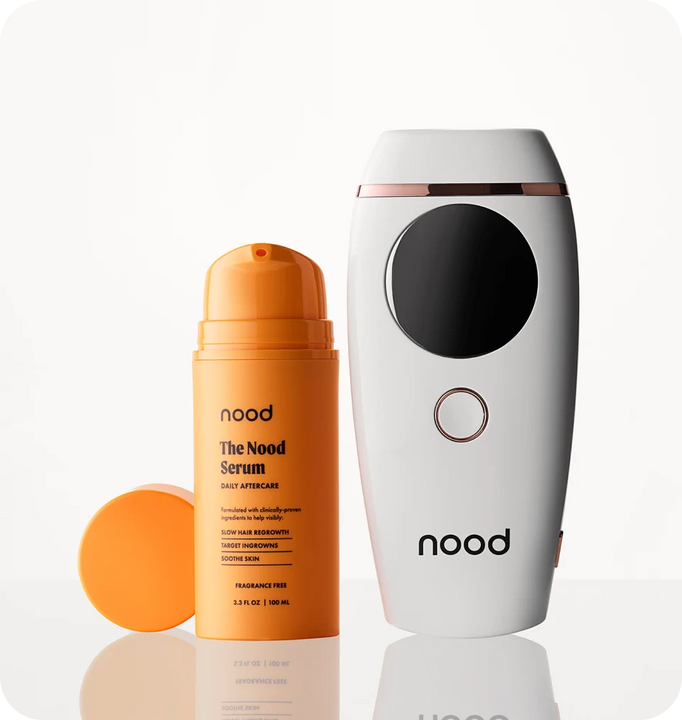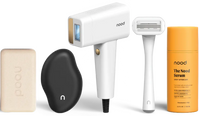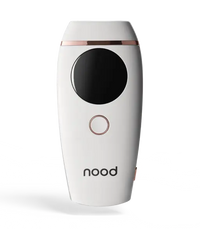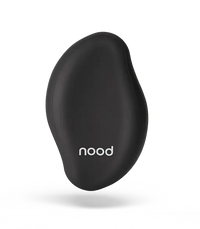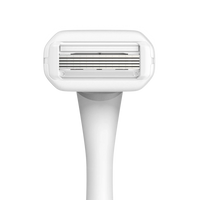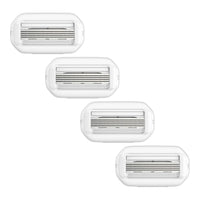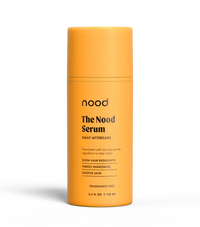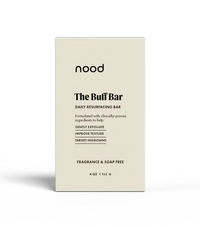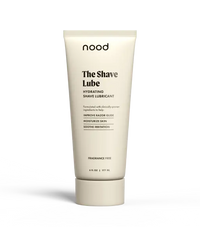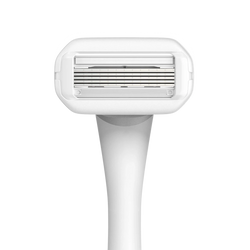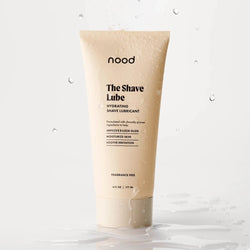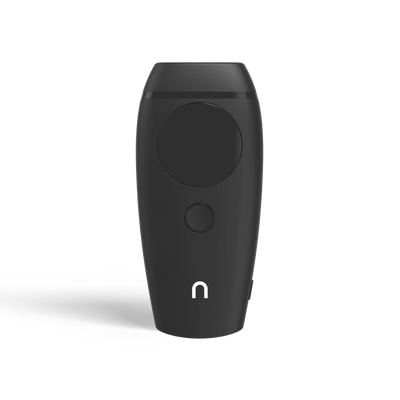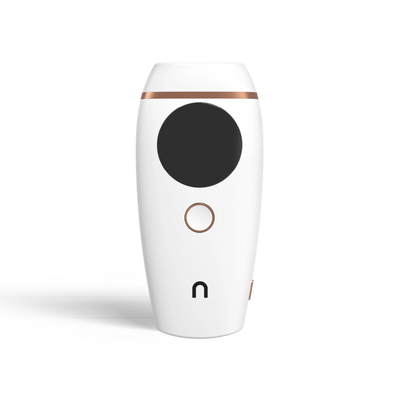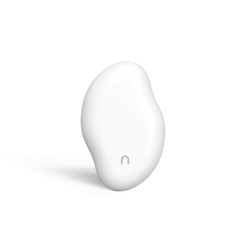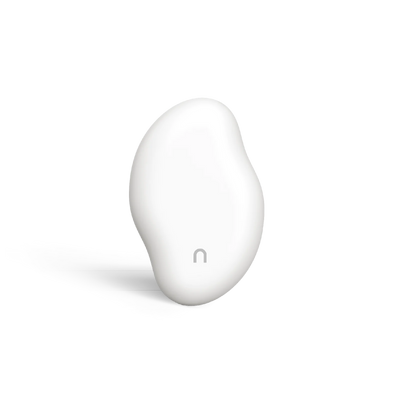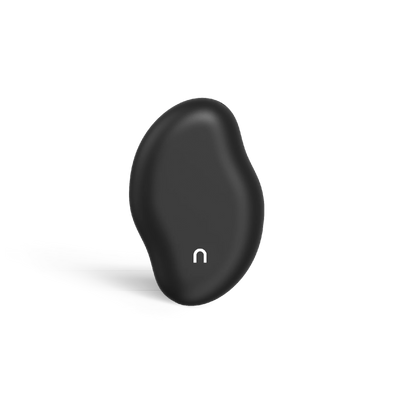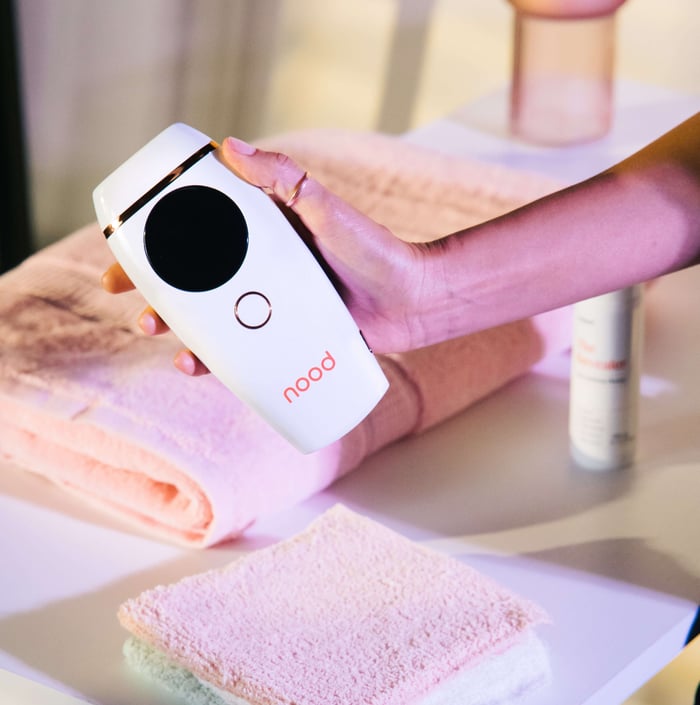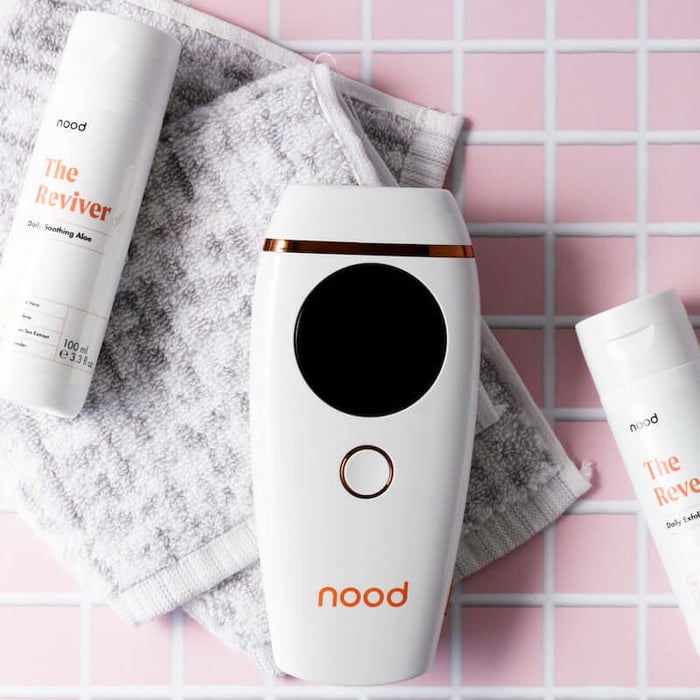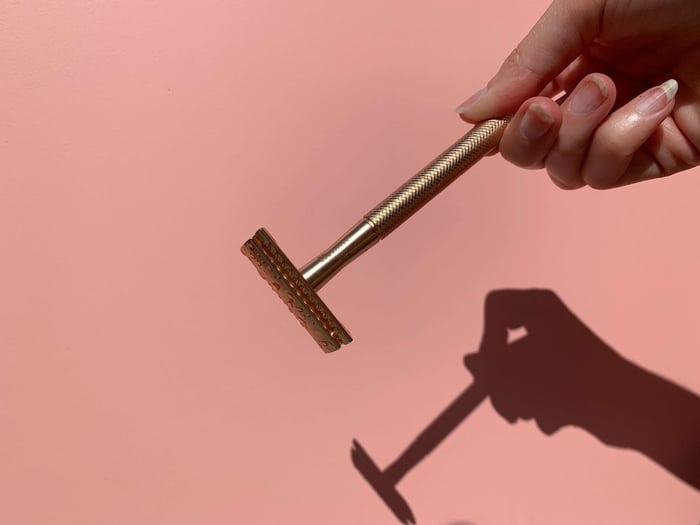
Why Should I Shave Before Laser Hair Removal?
Let’s get the bad news out of the way first: You should definitely shave before laser hair removal.
Whether you’re hitting the salon for a professional treatment or using an IPL device for easy hair removal at home, shaving beforehand is a key part of your prep.
Ignore that advice and you’re setting yourself up for failure. Well, technically, you’re setting up the laser for failure, but it’s one and the same when you’re hoping for baby soft skin.
We know you want to toss those razors out for good — and we’re here for it! But we’re going to ask you to hold out just a little bit longer. We promise it’ll be worth it in the end.
Shaving Before Treatment
Laser hair removal and IPL treatments are some of the most effective hair removal methods out there. This is as close as you’re going to get to permanent total hair removal.
Both laser and IPL treatments are much less painful than waxing, too, and only take about 10-15 minutes per treatment. Touchups are even faster, especially if you’re working with a clean shaven area.
Why You Should Do It
Laser hair removal treatments work by targeting melanin or pigment at the hair follicle with light energy. If there’s hair all over the place, it’s harder for the laser to do its work. You want it to focus on the follicles beneath the skin instead of the whole hair.
It shouldn’t make sense, but shaving before and in between each session means you’ll shave less in the long run. Over time, your body hair will become much sparser, and you may not need to shave much if at all between touchups.
What happens if you don't shave before laser hair removal?
If you don’t shave before laser hair removal, your treatment may not be as effective. The laser has a more difficult time reaching the hair follicles — and you probably won’t like the smell.
Tips for Shaving Before a Laser Treatment
Shave the treatment area the day before your laser hair removal appointment or at-home session.
If you’re used to an electric razor, know that it may not give you as close a shave. That could mean more of that burnt hair smell if too much of their hair is left behind. If you’re targeting facial hair like a beard or the upper lip, dermaplaning is a good alternative to shaving.
Can I shave 5 hours before laser hair removal? You can shave 5 hours before laser hair removal, but it isn't recommended. Anywhere from 12-24 hours before your session is ideal. Shaving too close to your treatment time can lead to skin irritation.
Here are a few more tips for shaving before your treatment:
- Exfoliate, but don’t be too aggressive about it. A gentle exfoliant can reduce your risk of ingrown hairs and inflammation before your shave and each laser session. We love The Revealer. It’s packed with skin conditioners that are great for even sensitive skin.
- Use a good razor. You don’t need to go out and buy a fancy new razor unless you’re planning on using the rusty razor that’s been in your medicine cabinet since the early aughts. (Please don’t.) Your razor blades should be sharp, clean, and dry to prevent any bacteria transfer.
- Don’t dry shave. Use a shaving gel or foam to keep your skin hydrated as you shave. You don’t want to rely on lotions after the fact to soothe irritated skin because you shaved your legs dry over the sink.
- Shaving isn’t a workout. If you have to do reps over the same spot or apply extra pressure for a clean shave, it it’s time for a fresh razor.
- Make an evening of it. Don’t rush shaving. You’re more likely to nick your skin or miss patches that way, which won’t do you any favors when it’s time for your treatment. We should also note here that you should NOT laser over any areas with open cuts.
No Plucking!
If you’ve already had a few laser hair removal sessions and you’re tempted to pluck or tweeze any errant hairs, resist the urge. You should only be shaving in between each treatment.
Laser hair removal takes a series of treatments because your body hair grows in phases. Ideally, your sessions are timed around active hair growth cycles. If you start plucking, tweezing, or epilating in between those sessions, you’re disrupting the natural order.
Just be cool and put the tweezers down.
If you notice loose hairs in the treated area after your session, this isn’t a bad thing. You can gently exfoliate and slough away those treated hairs, leaving behind the smooth skin we know you want.
Other Ways to Prep Your Skin
How do you prepare for laser hair removal? To prepare for laser hair removal, shaving is the first step for an efficient, effective session. Here are a few more ways to prep your skin:
- Keep the targeted area clean. You should definitely shower before your treatment, but skip any heavy moisturizers or creams that are a part of your skincare routine. You don’t need to be as slick as a baby seal the day of your session.
- Skip any scented lotions, deodorants, or perfumes while you’re at it.
- Avoid too much sun exposure before your treatment. The laser targets pigment, and hardcore tanning makes your skin darker. IPL treatments aren’t as harsh as laser treatment, so there’s some wiggle room with devices like the Flasher 2.0.
- If you have a sunburn, you’ll need to wait until your skin heals before a laser or IPL treatment. A sunscreen with an SPF of at least 30+ is a rule of thumb before and after laser treatments.
- Opt for gentle skin cleansers in the weeks leading up to your treatment. Avoid retinols or products with hyaluronic acid — they’re a great way to guarantee skin irritation post-treatment.
What to Do About Ingrown Hairs
If you’re already dealing with ingrown hairs, laser hair removal can help get rid of them as an added bonus.
Ingrown hairs happen when curved hair follicles grow back into the skin instead of onward and upward. They’re most common after shaving, waxing, or plucking, especially in areas with course, curly hair.
You probably already know those ingrown hairs will keep coming back as long as hair follicles keep growing hair. Laser hair removal damages the hair follicle to the point that it can’t grow hair in that spot. It’s a permanent way to stop ingrown hairs for good.
The most common side effect of ingrown hairs is small bumps or blisters in the affected area, but they can also cause hyperpigmentation and discoloration to the surrounding skin.
What can you do to prevent ingrown hairs after laser hair removal? To prevent ingrown hairs after laser hair removal, use a gentle exfoliant before and after your treatment. If you feel any skin irritation after your session, a soothing gel can work wonders.
We always recommend The Reviver to protect your skin after IPL treatments, but it can also soothe your skin after laser hair removal, chemical peels, even sunburns.
$39.00
The reviver contains our custom formulation of aloe vera, lavender, azulene, and green tea extract to soothe and protect your skin after your IPL treatment. Aloe and Azulene soothe and reduce irritation due from sunburn, chemical peels and IPL treatments. Lavender essential oils… read moreThe Reviver

Ready to Start?
Shaving before laser hair removal is just a temporary inconvenience as you get to the new, smoother you. At Nood, we want to get you as close to a permanent solution for unwanted hair as we can.
Try The Flasher 2.0 today for a cost-effective, comfortable, and effective at-home solution for hair you don’t want here, there, or anywhere.
$199.00
Safely remove unwanted hair with The Flasher 2.0 by Nood. Works everywhere that hair grows, including bikini, Brazilian, underarms, legs, and face. Start seeing results in 2-3 weeks and permanent hair removal in 6-8 weeks.
… read moreThe Flasher™ 2.0
